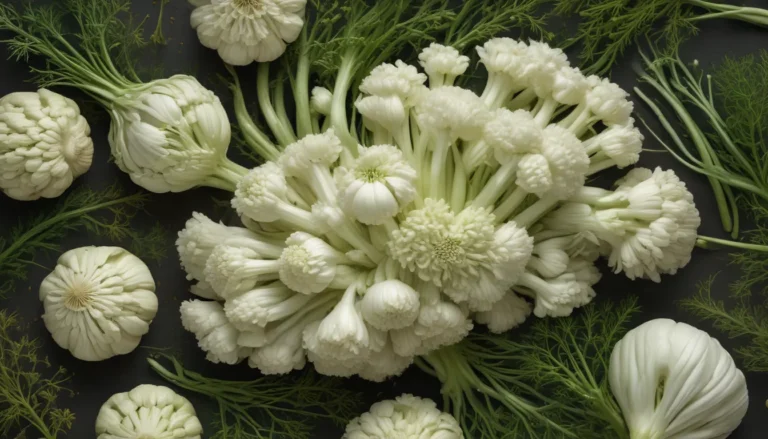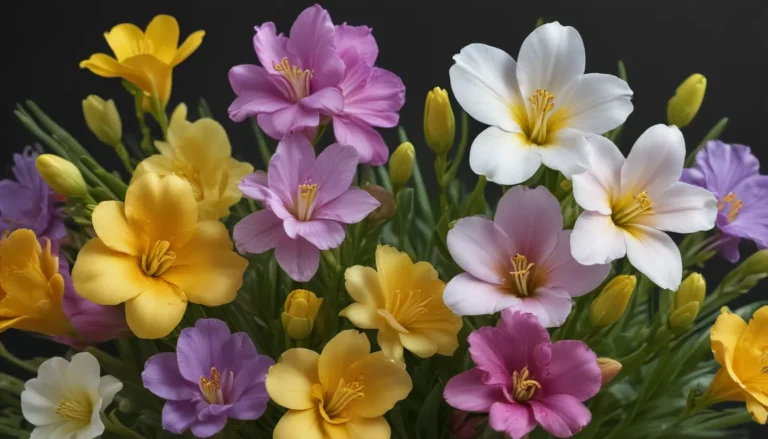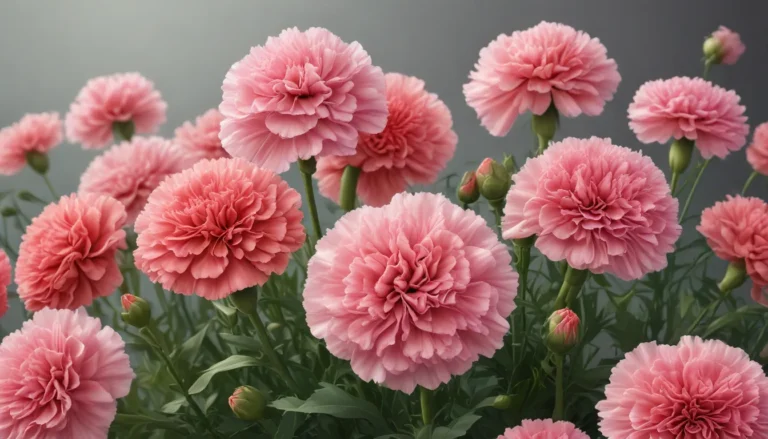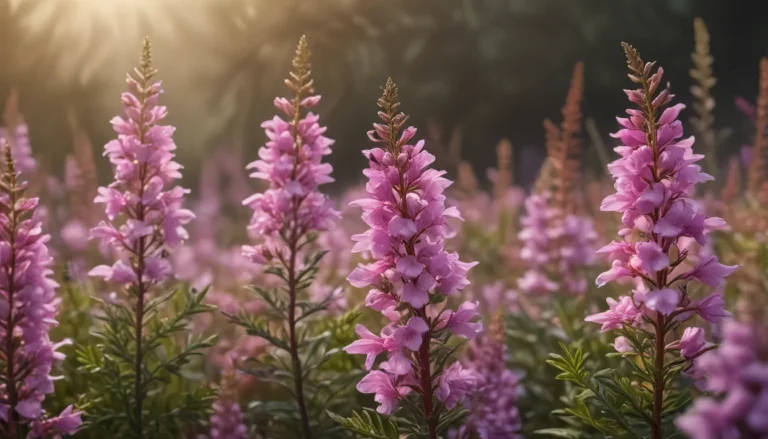The pictures we use in our articles might not show exactly what the words say. We choose these pictures to make you interested in reading more. The pictures work together with the words but don’t take their place. The words still tell you the important facts.
Are you ready to uncover the hidden wonders of goldenrod, a plant often misunderstood and underestimated? Despite its reputation as an allergen, goldenrod is a versatile and beneficial addition to gardens and landscapes. This vibrant plant, with its bright yellow flowers that bloom in late summer and early fall, not only adds a pop of color but also serves as a vital resource for pollinators. Join us as we explore eight enigmatic facts about goldenrod that will deepen your appreciation for this captivating plant.
Goldenrod: A Glimpse into its World of Splendor
Goldenrod, scientifically known as Solidago, belongs to the Asteraceae family and is celebrated for its stunning clusters of vibrant yellow flowers that bring life to gardens and natural landscapes.
Nurtured by North America: The Native Habitat of Goldenrod
Native to North America, goldenrod thrives in meadows, prairies, and along roadsides, stretching from Canada down to Mexico. Its adaptability and resilience make it a versatile and enchanting plant.
Diverse Species: The Multifaceted Beauty of Goldenrod
With over 100 species, goldenrod exhibits a wide range of characteristics and growth patterns. Some species are tall and upright, reaching heights up to six feet, while others are more compact and bushy.
A Haven for Pollinators: The Importance of Goldenrod in Nature
Goldenrod plays a crucial role in supporting pollinators such as bees, butterflies, and other beneficial insects. Its nectar-rich flowers attract these creatures, contributing to the health of ecosystems.
Healing Properties: Goldenrod’s Medicinal Legacy
Throughout history, goldenrod has been used in traditional herbal medicine for its diuretic properties and ability to treat urinary tract infections and kidney stones. Consult with a healthcare professional before using herbal remedies.
Symbolic Significance: Goldenrod’s Cultural Meanings
Across various cultures, goldenrod symbolizes encouragement, good fortune, resilience, and bravery. In the language of flowers, it conveys positive messages and embodies strength.
Thriving in Adverse Conditions: Goldenrod’s Adaptive Nature
Known for its resilience, goldenrod thrives in a wide range of environments, including poor soils and areas with full sun exposure. Its adaptability makes it a valuable addition to any garden.
A Floral Favorite: Goldenrod in Bouquets and Arrangements
The vibrant yellow flowers of goldenrod are a popular choice for floral arrangements due to their long-lasting blooms and attractive appearance. Adding elegance to bouquets, goldenrod's beauty shines through.
Embracing the Beauty and Benefits of Goldenrod
Goldenrod is not just a plant but a source of inspiration and wellness. Despite misconceptions, goldenrod offers myriad health benefits and ecological advantages. From boosting immune function to attracting beneficial insects, this plant is a gem of nature.
FAQs: Exploring Common Queries about Goldenrod
-
Allergenic Misconceptions: Goldenrod is often mistaken for ragweed, a common allergen. However, goldenrod's heavy pollen grains are not wind-dispersed, making it unlikely to cause allergies.
-
Medicinal Marvel: Goldenrod's anti-inflammatory, diuretic, and antimicrobial properties make it a valuable herbal remedy for various ailments, including urinary tract infections and allergies.
-
Environmental Impact: Goldenrod serves as a vital food source for pollinators, helps prevent soil erosion, and acts as a natural water runoff filter.
-
Gardening Pleasure: Goldenrod is a low-maintenance plant that thrives in sunny, well-drained conditions. Choose native species for optimal growth in your garden.
-
Safety Precautions: Consult a healthcare professional before using goldenrod for medicinal purposes, as excessive consumption may have diuretic effects and interact with certain medications.
-
Culinary Delights: Goldenrod flowers can be used as a flavorful garnish in salads, soups, and desserts, adding a unique touch to culinary creations.
-
Conservation Concerns: While not endangered, responsible foraging and cultivation practices are essential to preserving wild goldenrod populations.
-
Artistic Endeavors: Experiment with goldenrod to create natural dyes, producing beautiful yellow and gold hues for artistic projects and crafts.
Experience the allure of goldenrod, a plant that embodies beauty, purpose, and resilience. Whether admiring its delicate blooms or harnessing its therapeutic qualities, goldenrod is a symbol of nature's intricacies. Embrace the mystery and magic of goldenrod as you delve deeper into its enchanting world.






